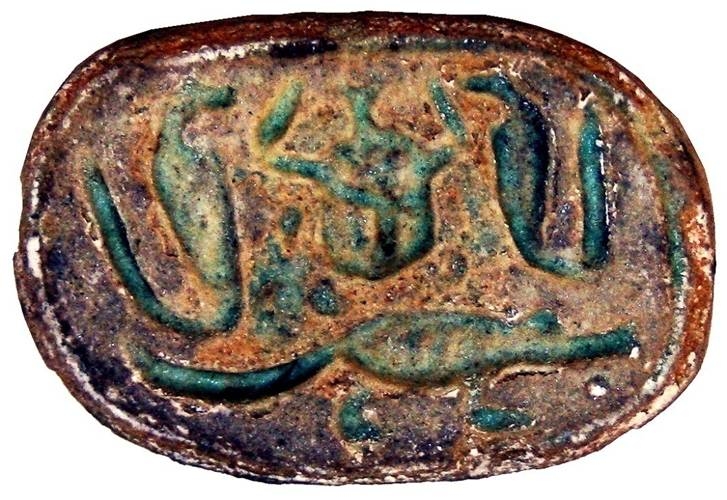By: Branislav Anđelković
There is a saying that Balkans, sometimes rightly compared to a “powder keg”, is a place where the East offered a hand to the West but the West refused to shake it. The Balkan Peninsula is a land bridge between Europe and Asia, through which pass major cultural boundaries. The Balkans are a border, and an arena, between two different cultural spheres with contrasting world views, value systems, aesthetics, and artistic tendencies: Rome and Byzantium, the Habsburg Monarchy and the Ottoman Empire, West and East, Modern and Oriental. And we cannot forget that there are deep divisions within the Balkans, particularly between north and south. These divisions have unfortunately manifested themselves as open warfare but have also been expressed in the politics of Yugoslavian Egyptology.
Archaeological objects from the Near East appeared sporadically in Serbia and can be classified in four chronological and contextual settings. The first – represented by a glazed composition scarab found in a local Iron Age ruler’s grave mound (dated 550-520 B.C.) in Southwestern Serbia – corresponds to prehistory (Figure 1). The second, the era of Roman domination, includes a number of artifacts, chiefly figurines, lamps, and inscribed altars, connected to Egyptian or syncretistic deities, chiefly Isis, Isis-Fortune, Harpocrates, Anubis, Hermes-Thoth, and others. These are mostly of Roman rather than Egyptian manufacture, though during the construction of Roman emperor Galerius’ palace in Eastern Serbia (ca. 300 A.D.) a number of architectural elements including some columns and statuary were made of Aswan red granite and other Egyptian stone (Figure 2). (more…)
